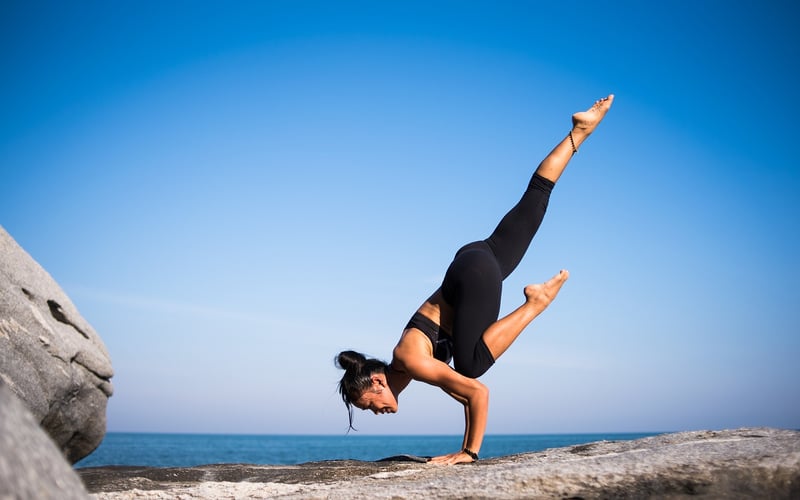Flexibility Exercises
Improving Physical Alignment and Flexibility: A Comprehensive Guide
The Importance of Physical Alignment
Proper physical alignment is crucial for overall health and well-being. It helps prevent injuries, reduces strain on muscles and joints, and improves posture. Here are some tips to enhance your physical alignment:
Tips for Better Physical Alignment
- Practice good posture by aligning your ears, shoulders, and hips vertically when standing or sitting.
- Avoid slouching and rounding your shoulders; instead, keep your spine straight and shoulders relaxed.
- Engage your core muscles to support your spine and maintain stability.
- Ensure your feet are parallel and hip-width apart to distribute weight evenly.
- Take breaks to stretch and move throughout the day to prevent stiffness and improve circulation.
Flexibility Exercises for Improved Range of Motion
Flexibility is key to maintaining a full range of motion in your joints and muscles. Incorporate these exercises into your routine to enhance flexibility:
1. Hamstring Stretch
Start by sitting on the floor with one leg extended and the other foot against the inner thigh. Reach towards your toes while keeping your back straight. Hold for 30 seconds and switch legs.

2. Shoulder Stretch
Stand with your feet hip-width apart and clasp your hands behind your back. Slowly lift your arms upward, feeling the stretch in your shoulders and chest. Hold for 20 seconds.

3. Cat-Cow Stretch
Begin on your hands and knees, with your wrists aligned under your shoulders and knees under your hips. Inhale as you arch your back and look up (cow pose), then exhale as you round your spine and tuck your chin (cat pose). Repeat for 10 breaths.

By incorporating these tips for physical alignment and flexibility exercises into your daily routine, you can improve your posture, prevent injuries, and enhance your overall well-being.
